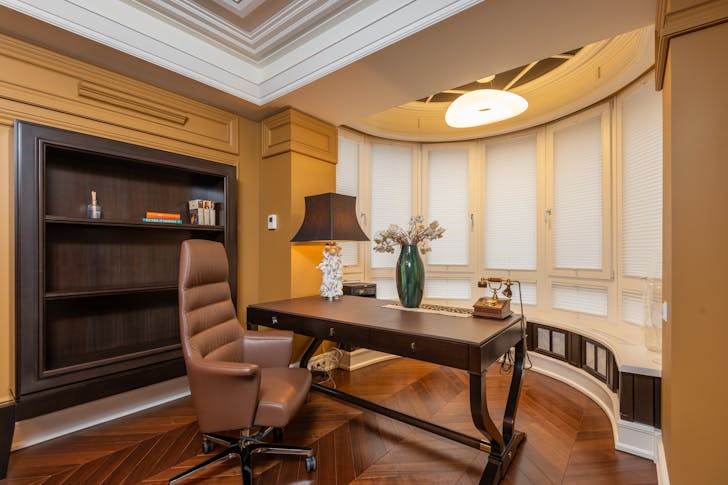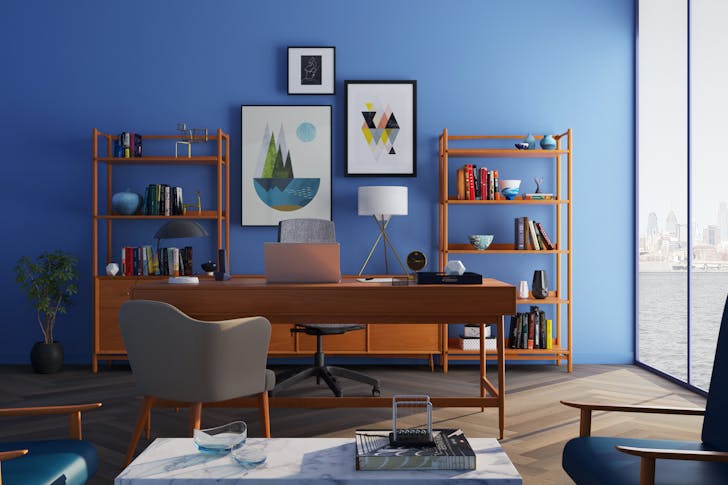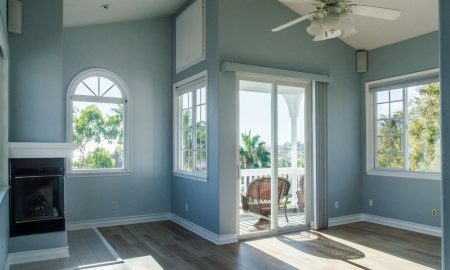
Top 5 Expert Tips for Designing a Home That Lasts a Lifetime

A good home is not just about curb appeal or trendy features. It is about smart choices that make life easier now – and decades from now. If you are planning to build or remodel, this is the time to think long-term. A home designed to last doesn’t need constant fixes, and it grows with you as your life changes.
So, how do you design a home that holds up? Not just physically but also in the way it supports your everyday life? These five expert tips will help you build smarter and live better.
Start With the Flow
A great home feels easy to live in. That starts with how you move through it. Before you fall in love with square footage or fancy layouts, think about how you will use the space. Picture your daily routine. Is the kitchen too far from the entrance? Do you have to walk across the house to do laundry?

Hey / Pexels / Small annoyances turn into big ones when you live with them every day. Keep high-traffic areas simple and direct.
Make sure doors open the right way. Skip the maze-like hallways. A smart layout saves time, cuts stress, and makes your home feel bigger without adding any space.
Choose Materials That Can Take a Hit
Your home will take a beating. From muddy shoes to wild weather, life gets messy. That is why picking the right materials matters. Forget cheap finishes that chip, warp, or fade. Go for tough flooring, solid counters, and weather-resistant siding.
Low maintenance doesn’t have to mean boring. There are tons of modern options that look great and don’t fall apart. Think engineered wood over soft pine, quartz over laminate, or fiber cement over vinyl. These materials hold up without constant repairs, saving you money and avoiding headaches later on.
Design With Aging in Mind
You might be young now, but time moves fast. A home that lasts needs to keep up with your future. Think wider doorways, step-free entries, and at least one full bathroom on the ground floor. These simple tweaks don’t scream “old,” but they make a huge difference later.
Make sure door handles, switches, and shelves are easy to reach. It is not just about age but rather about comfort and independence at any stage of life.

Kamo / Pexels / Want to stay in your home long-term? Plan for flexibility. Leave space for things like grab bars or a shower bench down the road.
Build for Climate, Not Just Style
A home that lasts should handle the climate it is built in. That means more than picking pretty windows or shingles. If you live where summers are brutal, insulation and shade matter. If winters are harsh, you need airtight seals and heating that works without waste.
Design with your region in mind. Use overhangs to block heat, plant trees for natural cooling, and place windows to catch breezes. Proper roof pitch, drainage, and ventilation make a huge difference. Style is great. But if your home can’t handle your weather, it won’t hold up over time.
Future-Proof Your Home With Smart Layout Choices
Your needs will change, so your home should adapt. Don’t box yourself in with rooms that only work one way. A guest room that can double as an office, a garage with storage space, or a loft that could become a bedroom later – these give you options.
Skip weirdly shaped spaces that don’t serve a purpose. Focus on rooms that can flex. Life rarely goes according to plan. Maybe you will work from home one day. Maybe your parents move in. Maybe your kids move out. A flexible layout means you are ready for it all – without major remodels.
More in Living
-
`
How Life in Germany Brought an American Family Closer (But Made Them Homesick)
Family always came first. That is what made the move from Maryland to Germany both exciting and painful for this American...
July 22, 2025 -
`
Angélique Kidjo Becomes First Black African on Hollywood Walk of Fame
Angélique Kidjo just made history. On July 3, 2025, it was announced that Kidjo will be getting her own star on...
July 15, 2025 -
`
Why Smart Window Placement Is the Secret to Aesthetic Home Design
Windows shape how your home looks from the street, how light moves through your space, and how your rooms feel every...
July 8, 2025 -
`
Why Cannabis Use Doubles the Risk of Heart-Related Deaths
Doctors have warned about tobacco for decades, but marijuana is often seen as the safer choice. New research is poking holes...
July 1, 2025 -
`
The Top 5 Best Credit Cards For Family Disney Vacations
A Disney vacation in 2025 is not cheap. Park tickets, hotel stays, meals, and travel can add up fast. But the...
June 24, 2025 -
`
The Surprising Lives of 10 A-List Celebrities Before Fame
Fame changes everything, or so they say. But not everyone flips the switch once the cameras show up. Some stay grounded,...
June 17, 2025 -
`
Trump’s Surgeon General Pick Dr. Casey Means Praises ‘Illegal’ Psychedelic Therapy
Psychedelic therapy just landed at the center of the national health debate, thanks to Donald Trump’s latest pick for surgeon general....
June 3, 2025 -
`
5 U.S. Family Vacation Spots You Should Book ASAP
If you are looking for the best family vacation spots in 2025, skip the guesswork. These five places deliver the fun,...
May 27, 2025 -
`
These Stars are ‘Banned’ From the 2025 Met Gala
The Met Gala might be fashion’s Super Bowl, but not every celebrity wants to play. While millions obsess over who wore...
May 20, 2025















You must be logged in to post a comment Login